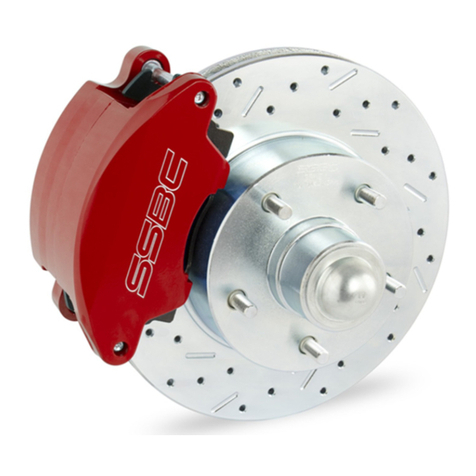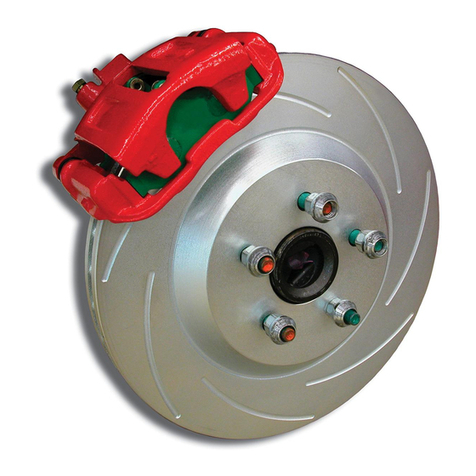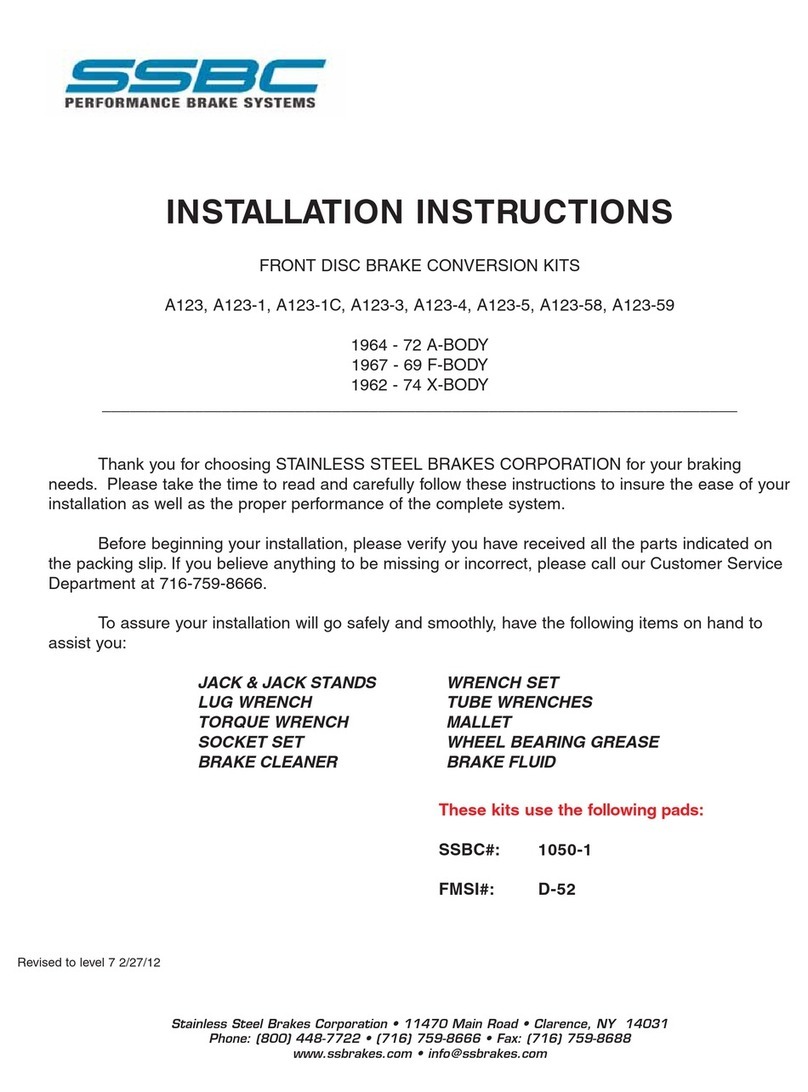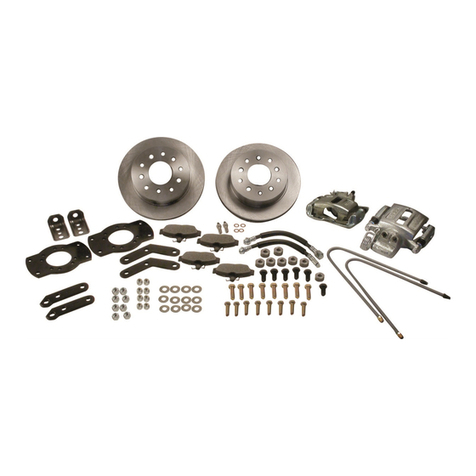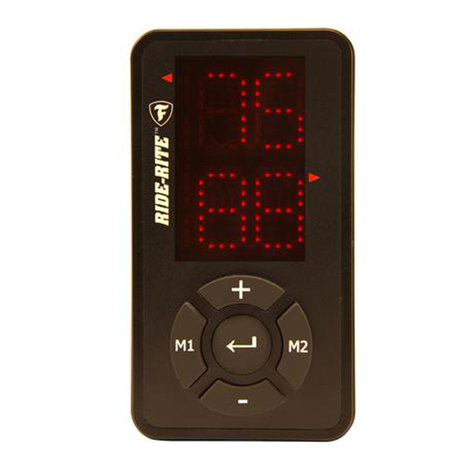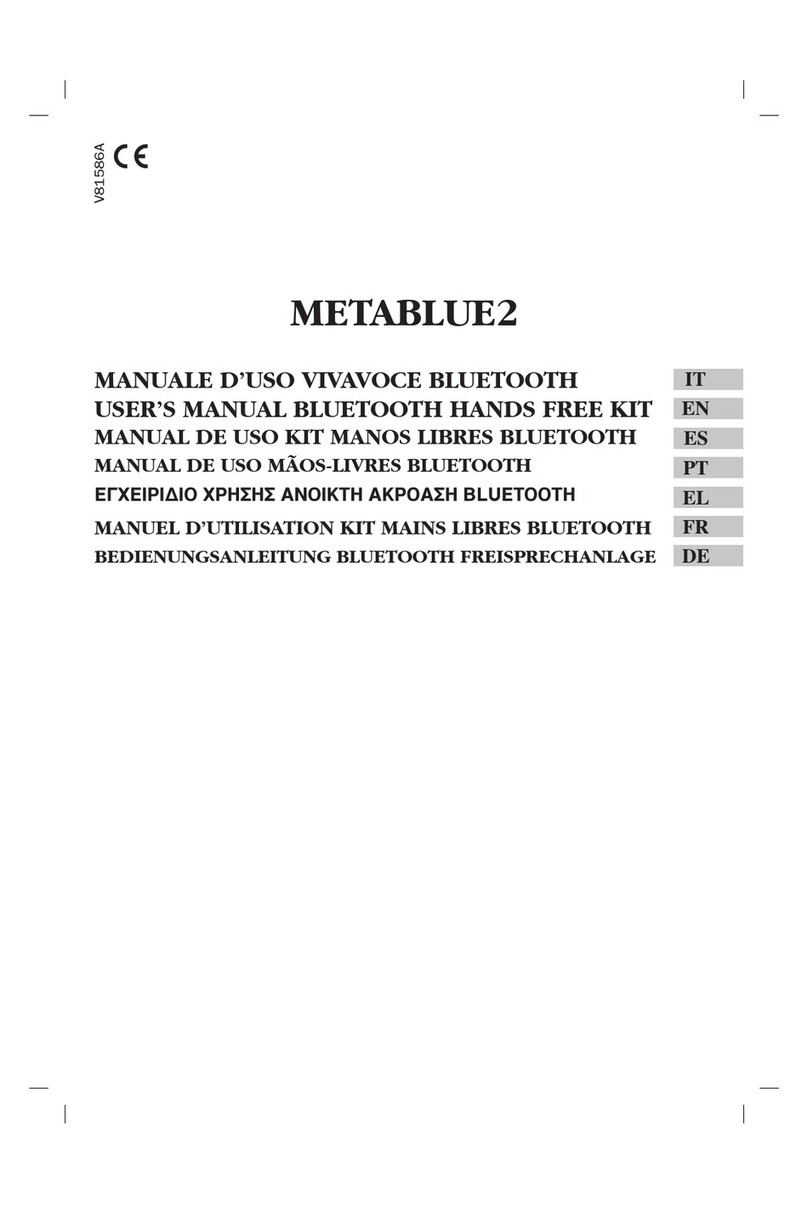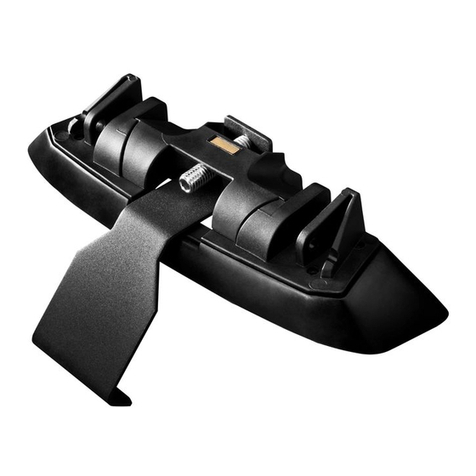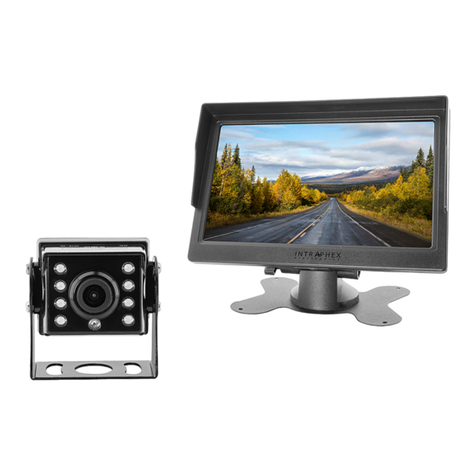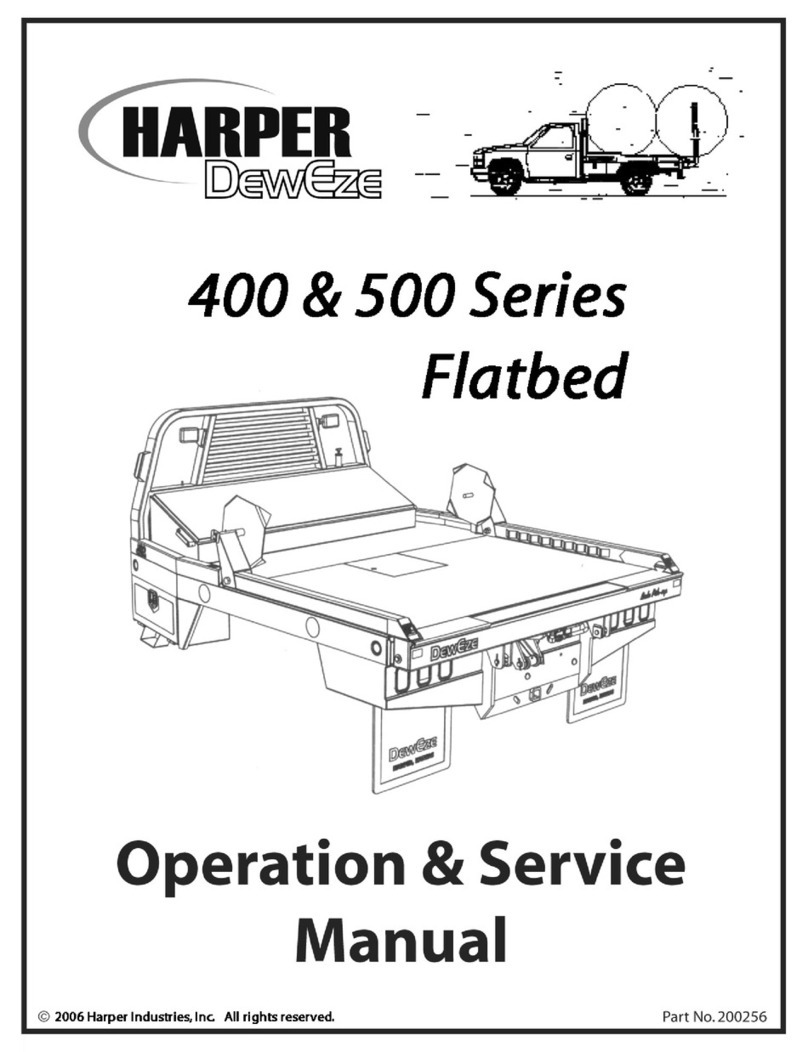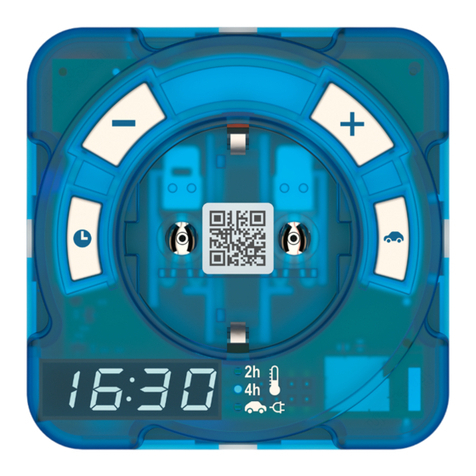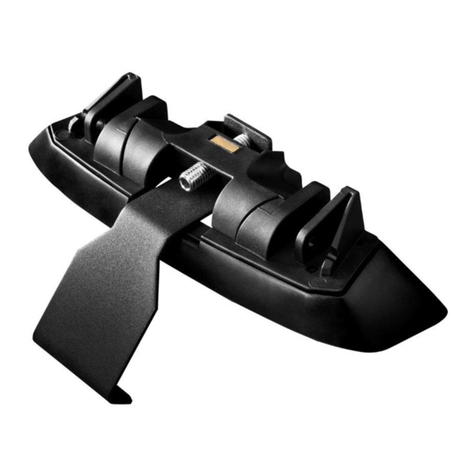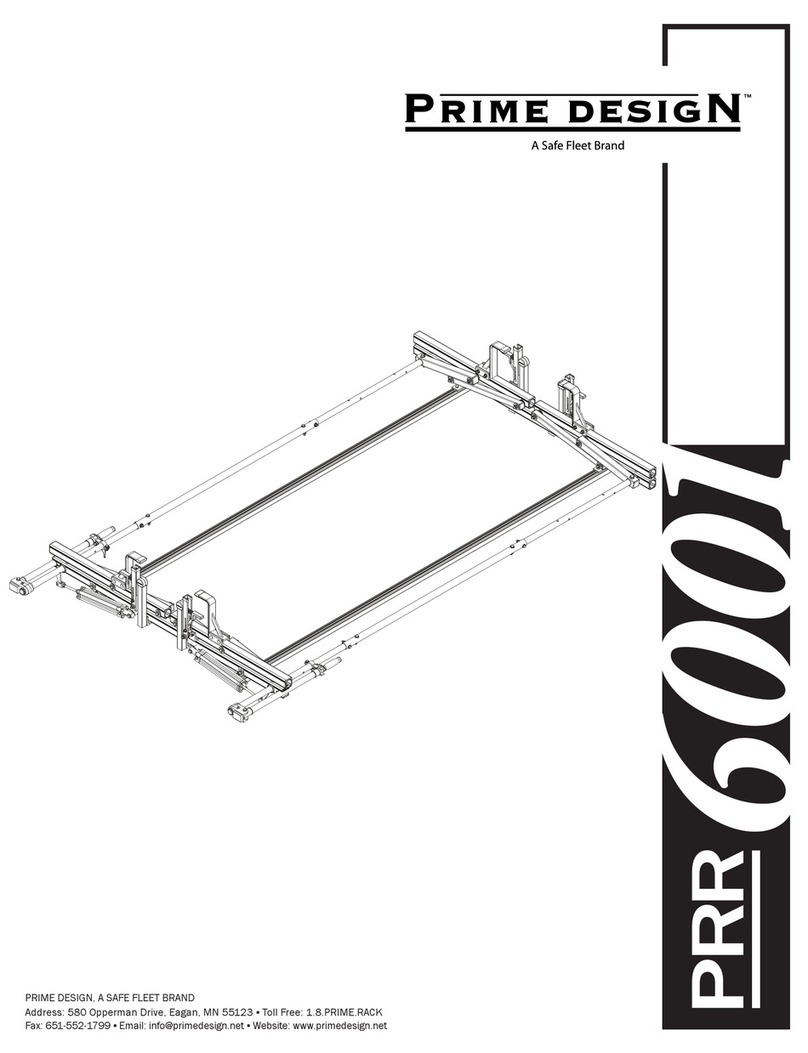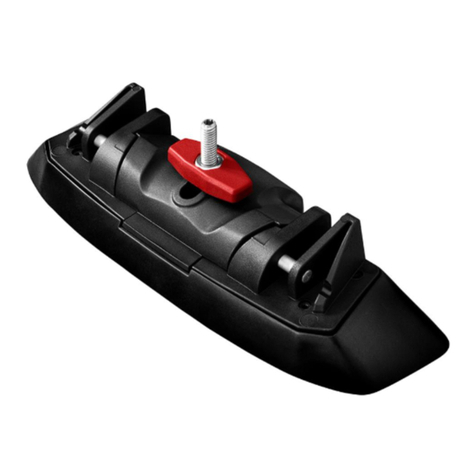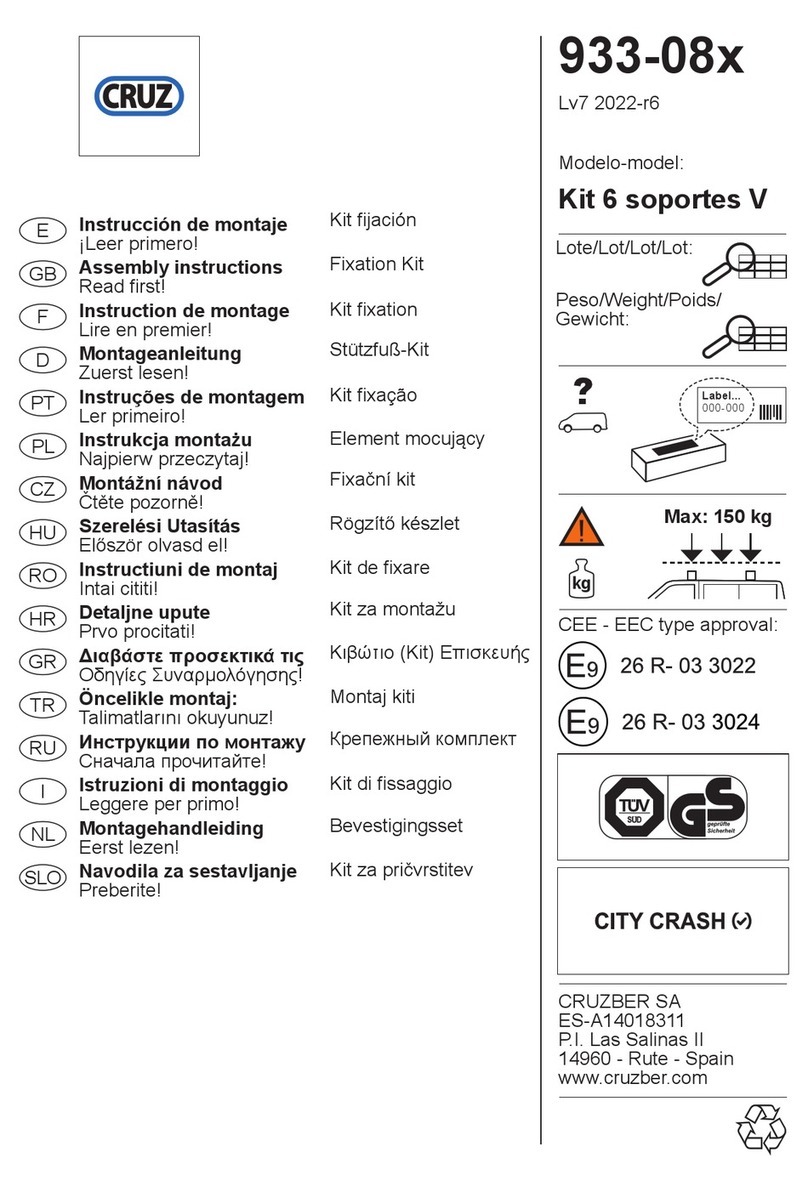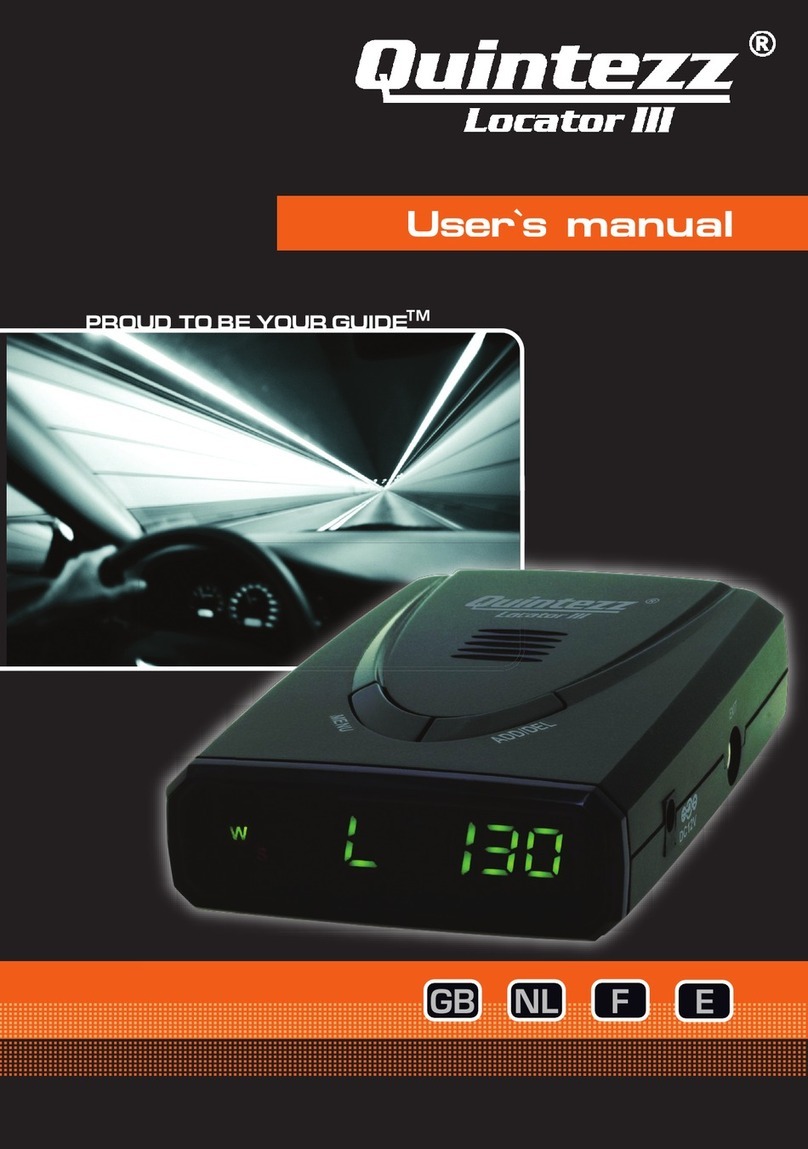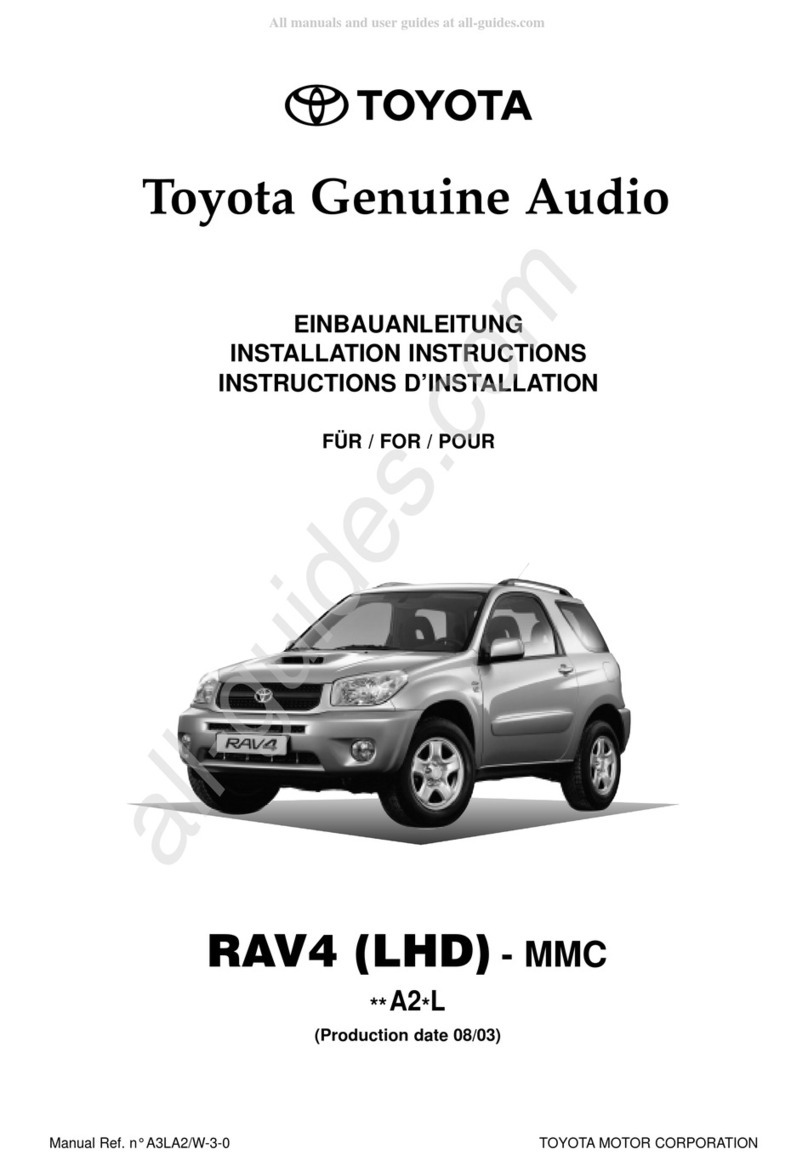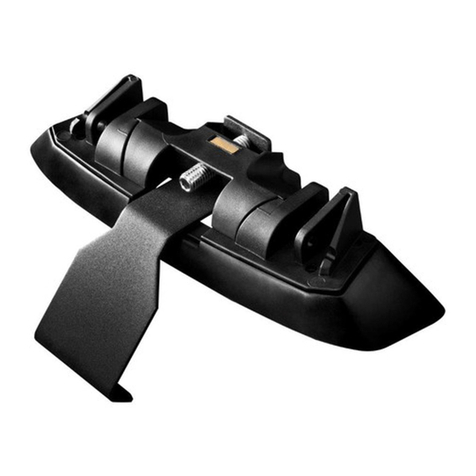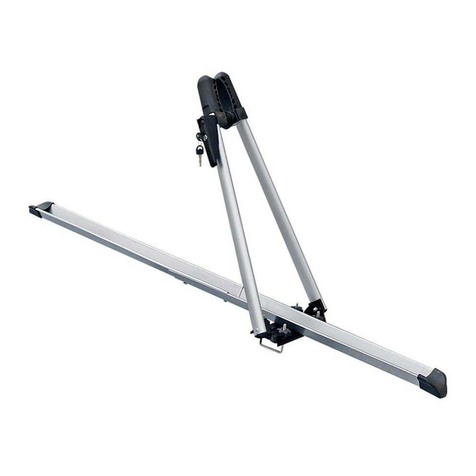SSBC A112-5 User manual

INSTALLATION INSTRUCTIONS
FRONT BIG BRAKE CONVERSION KIT A112-5
1987-93 FORD MUSTANG
_______________________________________________________________
Thank you for choosing STAINLESS STEEL BRAKES CORPORATION for your braking
needs. Pleases take the time to read and carefully follow these instructions to insure the ease of
your installation as well as the proper performance of the complete system.
Before beginning your installation, please verify you have received all the parts indicated on
the packing slip. If you believe anything to be missing or incorrect, please call our Customer Service
Department at 716-759-8666.
To assure your installation will go safely and smoothly, have the following items on hand to
assist you:
JACK & JACK STANDS WRENCH SET
LUG WRENCH TUBE WRENCH
TORQUE WRENCH MALLET
SOCKET SET WHEEL BEARING GREASE
BRAKE CLEANER BRAKE FLUID
Stainless Steel Brakes Corporation • 11470 Main Road • Clarence, NY 14031
Phone: (800) 448-7722 • (716) 759-8666 • Fax: (716) 759-8688
Revision 2 3/5/12
This kit uses the following pads:
SSBC#: 1061-1
FMSI#: D-199

BEFORE INSTALLING, PLEASE LAY OUT ALL OF THE CONTENTS OF THIS KIT
AND THOROUGHLY READ THROUGH THIS INSTRUCTION MANUAL TO ENSURE
THAT YOU HAVE ALL OF THE PARTS NEEDED TO COMPLETE THE INSTALL!
IF YOU FIND YOU ARE MISSING ITEMS, PLEASE CONTACT SSBC IMMEDIATELY,
REGARDLESS OF WHAT DEALER YOU PURCHASED THIS KIT FROM.
IF YOU HAVE ANY QUESTIONS REGARDING MISSING ITEMS, WARRANTY CLAIMS,
DEFECTIVE ITEMS, OR SIMPLY INSTALLATION ISSUES, PLEASE CONTACT SSBC DIRECTLY.
TOLL FREE: 800-448-7722
M-F: 9AM-5PM EST

1
A112-5 Revision 2
TIP: BEFORE BEGINNING INSTALLATION, SPRAY ALL FITTINGS AND FASTENERS WITH
PENETRATING OIL.
1.Raise the car until the wheels and tires clear the floor and support the car on jack stands.
Remove the tire and wheel assemblies.
2. Drain the System of Brake Fluid
a) Remove the master cylinder cap and using a syringe, remove as must fluid as
possible.
b) Attach rubber bleeder screws to the front flex hoses. Place the other end of the flex
hose in a container and open bleeders and allow all fluid to drain.
3. Disconnect the flex hoses from the rigid brake line at the frame rail using a tube wrench.
Remove the horseshoe clip and unhook the hose from the bracket.
4. Remove the caliper mounting bolts and slide the caliper off the rotor and discard.
5. Remove the dust cap, cotter pin, spindle nut and spindle washer. Slide the rotor of the
spindle and remove the wheel bearings from the rotor.
6. Thoroughly clean the spindle shaft using brake cleaner. Inspect the condition of the wheel
bearing and replace or repack as needed.
7. Clean the rotor thoroughly with brake cleaner. Install inner wheel bearing and grease seal
into rotor. Slide the rotor onto the spindle shaft followed by the outer wheel bearing, spindle
washer and spindle nut. Torque the spindle nut to factory specs and install the cotter pin and
dust cap.
8. Install the new bushings and slide into the calipers and grease liberally with silicone grease.
Install the new brake pads into the calipers and install the calipers over the rotors and reinstall
the original caliper mounting bolts.
9. Install the stainless braided flex hoses using the new copper washers supplied and the
original banjo bolts. Torque the banjo bolts to 20 ft / lbs. Connect the other end of the flex
hose to the frame rail bracket using the horseshoe clips.
10. Turn the steering wheel from lock to lock and observe the flex hose to make sure it does not
become kinked or twisted. If any problems are detected, reorient the hose and make sure the
problem is corrected. Connect the rigid line to the hose using a tube wrench.
11. Master Cylinder & Brake Lines
a) Disconnect the three original brake lines from the master cylinder.
b) Remove the original master cylinder from the booster and discard.
c) Remove the two existing brake lines from the distribution block and discard.
d) Connect the adapter TEE (3 port) to the “third” brake tube. This is the tube that was
originally connected to the bottom of the master cylinder. Leave the fittings finger tight
at this point.
e) Install the new master cylinder onto the booster and secure with the original lock nuts.

f) Install the short “elbow” tube from the adapter tee (female nut) to the larger port of the
master cylinder.
g) Install line from distribution block to adapter tee. Line can be looped into a circle if too
long.
h) Install line from distribution block to the smaller port of the mater cylinder. Line can be
looped into a circle if too long.
i) Securely tighten all fittings before bleeding the system. BE SURE TO CHECK FOR
LEAKS AT ALL CONNECTIONS WITH THE PEDAL APPLIED. FOR MAXIMUM LINE
PRESSURE, BEFORE DRIVING THE VEHICLE.
j) After installation is complete, the pedal height and firmness may be adjusted for the
“best feel” by slightly lengthening or shortening the pushrod one or two turns
maximum. This adjustment can be made without breaking the hydraulic lines.
However, care must be taken that brakes release properly when the pedal is released.
A dragging or locked up brake is the result of a pushrod that is too long.
12. Filling and Bleeding system
a) It is advisable to replace the brake fluid if the color is brown or muddy. This is due to
water that has been absorbed by the fluid which will eventually corrode the brake lines
and master cylinder. This absorbed moisture can also cause vapor lock situation under
extreme braking conditions. Flush system with clean brake fluid and replace with a
good grade of disc brake fluid DOT 3 or DOT 4.
b) The simplest and most effective way to bleed your brakes is to use the gravity bleeding
approach as follows:
1) With calipers installed, make sure all fittings are tight and master cylinder is
topped off.
2) Open one bleeder screw and observe for several minutes. At first the fluid will
begin to escape with intermittent air bubbles. When the air bubbles stop and a
steady flow of fluid is observed, close the bleeder and repeat process on other
side of vehicle.
MAKE SURE TO KEEP A CLOSE WATCH OVER THE FLUID LEVEL INSIDE THE
MASTER CYLINDER DURING THE BLEEDING PROCESS. NEVER LET THE
RESERVOIR RUN DRY. ALWAYS KEEP IT AT LEAST 1/3 FULL.
3) After bleeding all four wheels and topping of the master cylinder make 20-30
applications of the brake pedal. If a hard pedal is experienced, no further
bleeding is required. If pedal is spongy, repeat bleeding process until a hard
pedal is achieved.
4) With all bleeding complete, there should be approximately 3/4” to 1” of end play.
5) Power brake cars will experience a “drop off” of the pedal when the engine is
started. This is a normal condition that signifies the booster is working.
6) Pedal end play can be adjusted under the dash on non power cars and between
the booster and master on power brake cars.
FINAL INSPECTION
a) Once a hard pedal is achieved, all fittings and connections must be inspected to make
sure there are no leaks. Also check the level in both reservoirs of the master cylinder
and top off if needed.
2
A112-5 Revision 2

b) Put wheels back on the car and turn wheel by hand to insure that the wheel spins
freely and does not interfere with any brake components.
c) When you are sure there are no interferences and the pedal is firm, torque the lug nuts
and lower the car back onto the ground. Test drive the car and apply the brakes
frequently to seat the pads.
d) The rear brake pressure can be adjusted by turning the knob on the adjustable
proportioning valve. It should be adjusted so the rear brakes do not lock up before the
fronts.
NOTE: DO NOT USE ANTI-SQUEAK ADHESIVE ON BACKS OF PADS. THIS WILL
DEGRADE THE PERFORMANCE OF THE CALIPER!
DO NOT DRIVE IN TRAFFIC UNTIL THE BRAKES SAFELY STOP THE CAR A SAFE DISTANCE
WITHOUT A SPONGY PEDAL FEEL!
BRAKING TESTS SHOULD ALWAYS BE DONE IN A SAFE OPEN AREA!
NOTE: For frequently asked questions and technical reference information please visit
the tech section of our website at www.ssbrakes.com.
TECH LINE -- If technical help is required, please call 716-759-8666.
NOW ENJOY TRUE PERFORMANCE BRAKING!!
3
A112-5 Revision 2

4
A112-5 Revision 2
Photo #1
Illustration #1 - Combination Valve

How and why do I bench bleed a master cylinder?
When installing or replacing a master cylinder, it is critical that all
air is removed from the master cylinder. This can easily be done
by bench bleeding the master cylinder prior to installation. Using
the SSBC master cylinder bleeder kit (#0460):
1) Place your master cylinder in a vise by the ears (not body).
Make sure it is level.
2) Attach a piece of clear plastic hose to the short end of one of
the plastic nozzles. Do the same to the other hose and
nozzle.
3) Clip the plastic bridge to the wall and push the ends of the
hose through the holes so they are SUBMERGED in the reservoir on either side of the wall.
4) Press the tapered end of the nozzle FIRMLY into the cylinder port hole with a twisting motion. Repeat this
procedure on the other port hole.
5) Fill the reservoir with CLEAN brake fluid recommended by the manufacturer.
6) Using full strokes, push the piston in, then release. Do this until ALL the air bubbles have disappeared
from the clear plastic hose. (CAUTION-MASTER CYLINDER WILL NOT BLEED PROPERLY UNLESS
HOSES ARE SUBMERGED IN BRAKE FLUID UNTIL THE BLEEDING PROCESS IS COMPLETED.)
Now mount master cylinder and avoid brake fluid leaking out of front and rear ports during installation.
Bleeding steps for Dual Port Master Cylinder
If you have a master cylinder with dual port holes (4 port holes - 2 on each side), it is necessary to bleed both
port sides of the master cylinder. If both sides of the master cylinder are not bled, there will be air trapped in
the master cylinder and your brakes will not function properly.
To bleed dual port master cylinders:
1) Follow steps 1 - 6 above on the side you will be hooking the brake lines to. Plug the other side.
2) Once the air bubbles are no longer visible in the plastic hose, open the bleeder screws in the supplied
plugs and allow the mater cylinder to gravity bleed. DO NOTpush the master cylinder piston in while the
plugs are gravity bleeding.
3) When clear, steady streams of fluid are coming out of both bleeders, close and tighten the bleeders. Give
the master cylinder piston several strokes, making sure there are still no bubbles present in the clear
plastic tubes.
4) Remove the tubes and plastic fittings and mount the master cylinder on the vehicle being careful not to
spill brake fluid on any painted surfaces.
Table of contents
Other SSBC Automobile Accessories manuals
